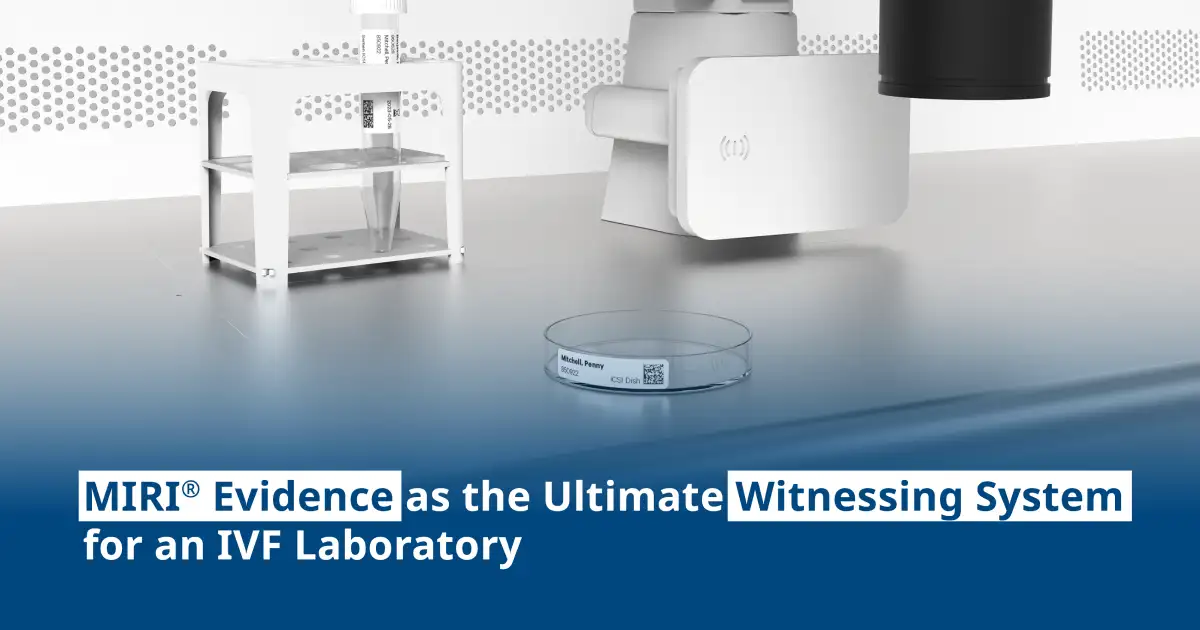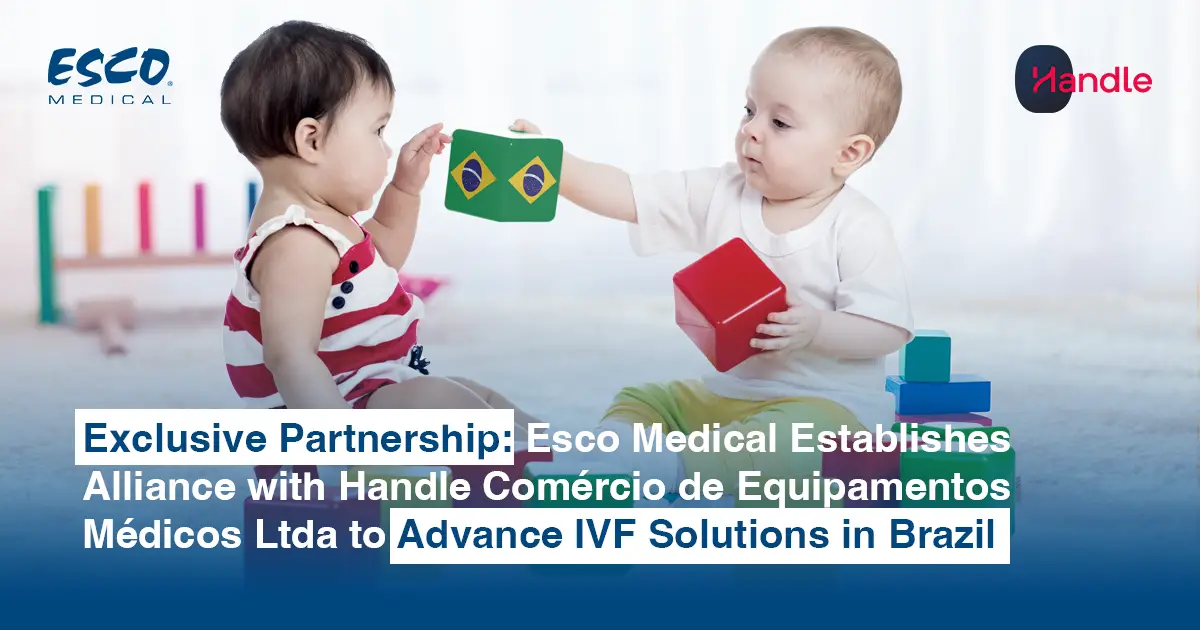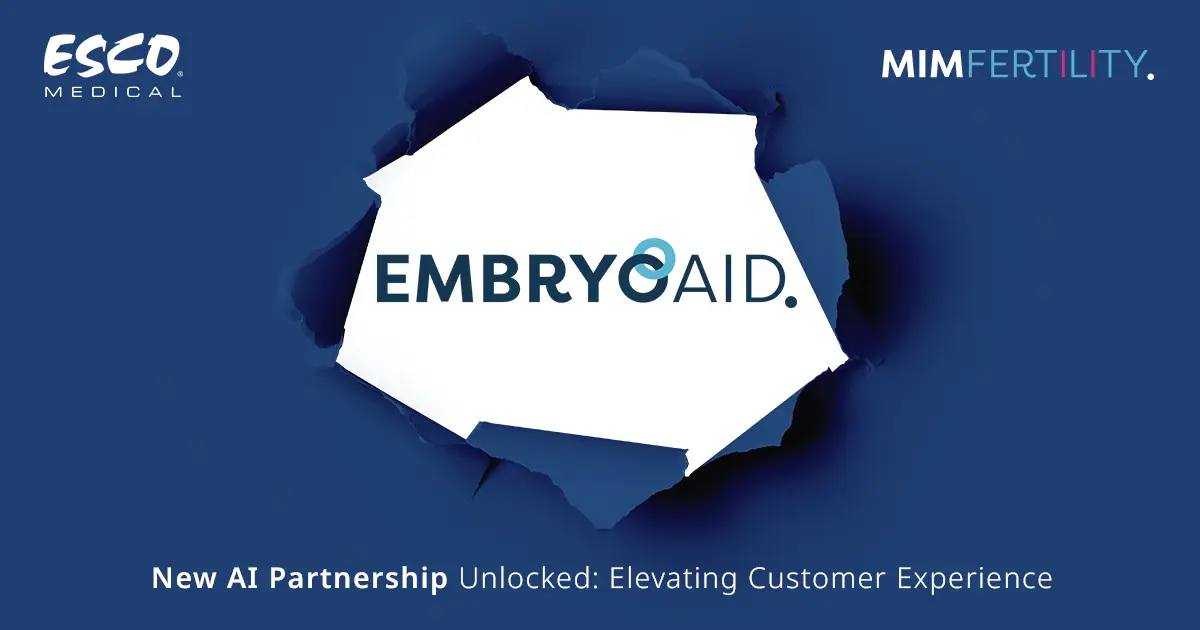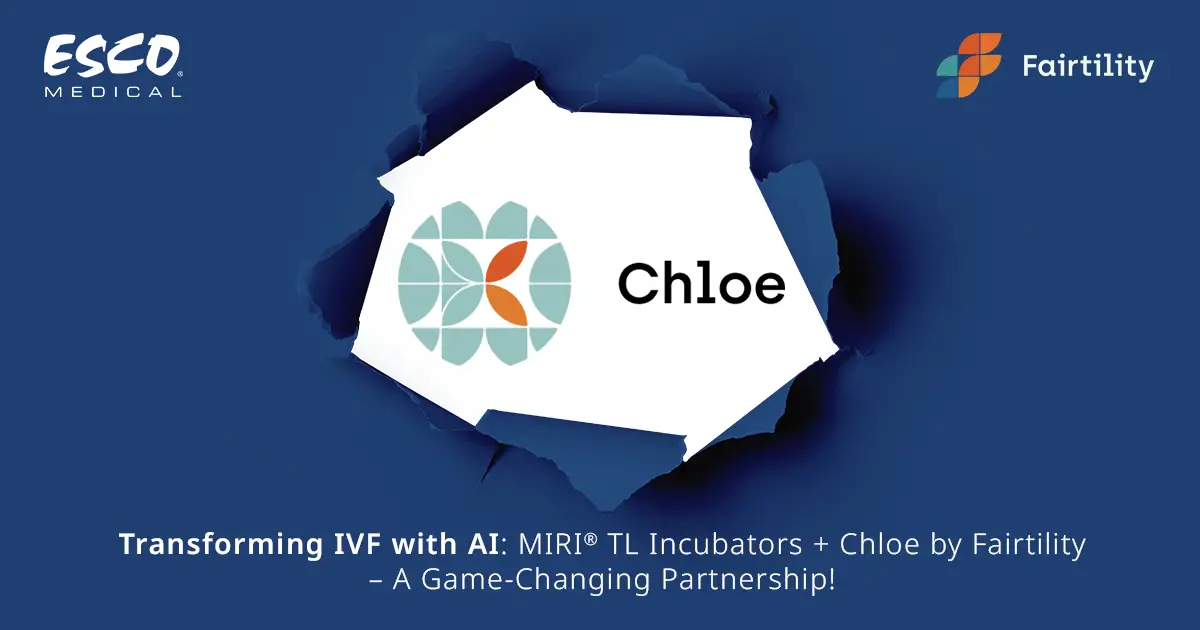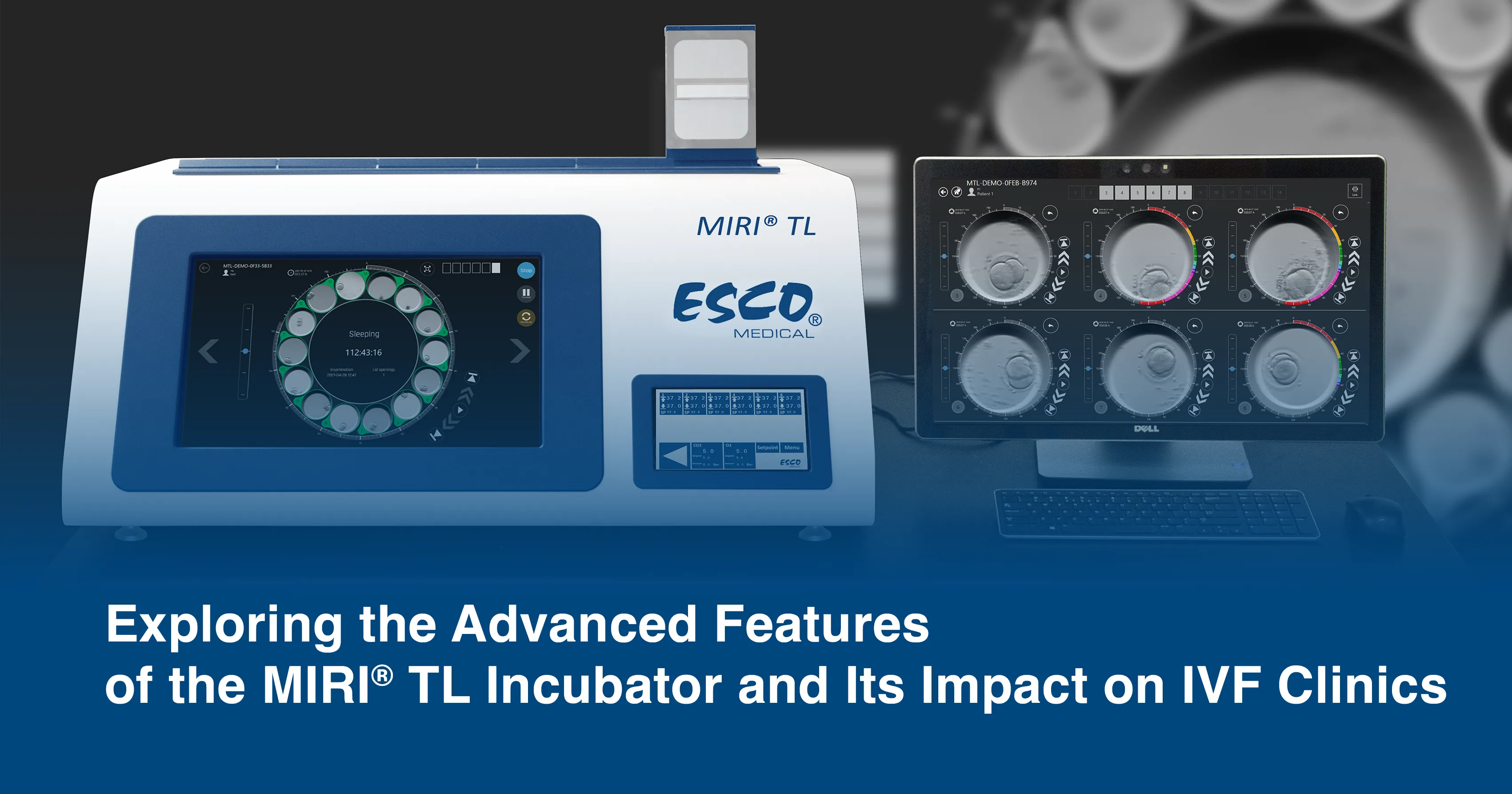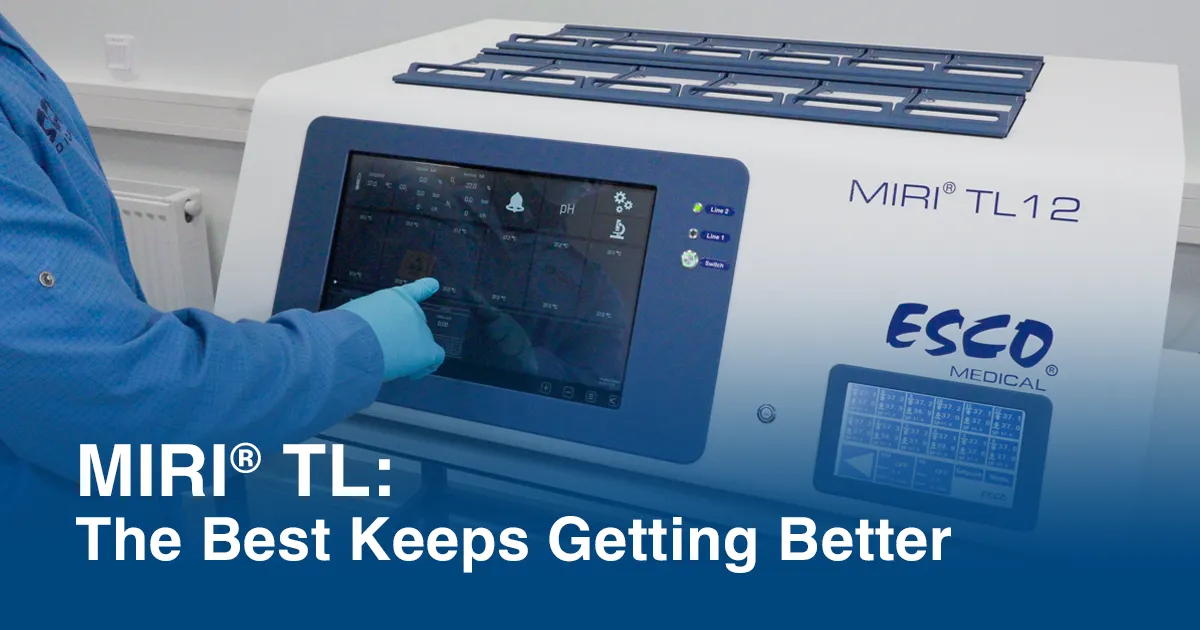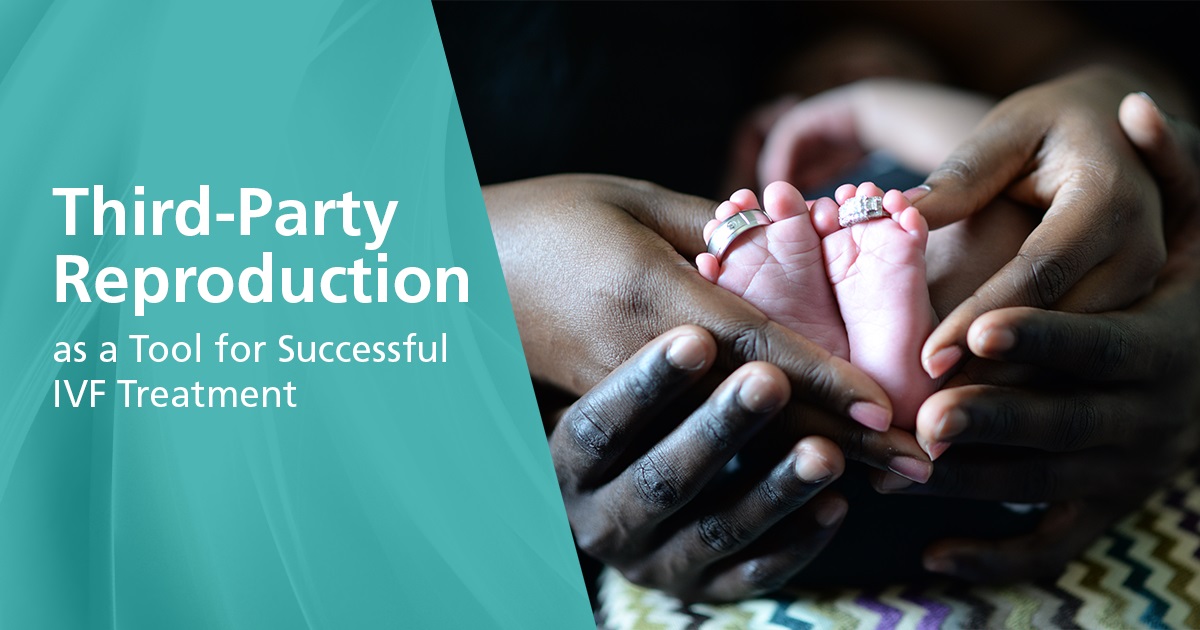
What is a Third-Party Reproduction?
Third-party reproduction refers to having someone involved in a couple's or individual’s plan to have a child. Third-party reproduction is about using another person’s gamete or embryo to make it possible for the parents with infertility problems to bear an offspring. This procedure is intended to help people who are not able to provide their own egg, sperm, or embryos. Some people use donated gametes or embryos due to their medical issues related to their egg or sperm cell. Some would rather choose to use donated gametes or embryos to avoid passing their genetic disorders to their future offspring. Some other reasons for third-party reproduction are as follows:
- When same-sex couples prefer to bear their own children instead of adopting
- When single parents want to use their own cells to have a biological link with their future offspring.
Gamete and Embryo Donation
Gamete or embryo donation is another useful procedure for patients who are struggling in achieving pregnancy. Some couples are still having a hard time conceiving even with the help of IVF and other forms of ART especially if the problem is on their own gametes. Intended parents can either use donated gametes or embryos depending on their fertility needs. If one can produce sperm and in need of an egg cell, then they can look for an egg cell donor as well as with the sperm donor. In a scenario wherein both parents cannot produce any of the gametes, then they can choose to have an embryo donor. Gamete (egg or sperm cell) and embryo donations come from either known or anonymous donors.
Egg cell Donation
Egg donation is done with the help of IVF, as the egg is retrieved from the woman’s body. Just like typical IVF, the egg donor will undergo ovarian stimulation medication until the oocytes are ready to harvest and fertilize in the laboratory using the other parent’s sperm cell. This procedure hashelped many couples having a hard time conceiving. There are different steps involving egg donations which are briefly discussed as follows:
- All donors anonymous or known must be screened, especially the health status and medical history. All donors must be negative to all sexually transmitted diseases such as but not limited to HIV, Hepatitis, Gonorrhea, and other sexually transmitted infections.
- All donors are subject to genetic disease screening. Karyotyping is done to ensure that there is no abnormality or any structural problems within the donors’ chromosomes that may pass on to the baby.
- Any donors that have been detected with STD or hereditary diseases must be rejected.
- Once the donor is cleared from the screening phase, the egg retrieval from the donor can be done. The donor will undergo a combination of hormonal medications to stimulate the ovaries to produce multiple mature egg cells.
- Harvested mature egg cells will be fertilized in the laboratory with the male parent’s sperm cell. The embryo will be cultured in the laboratory until it becomes mature enough to be transferred to the female parent’s uterus.
Reasons to consider egg donation
Inability to produce egg cells
It is for women who have surgically removed their ovaries due to a certain medical condition or for a cancer patient who is exposed to toxins like chemotherapy or radiation therapy and therefore cannot produce egg cells anymore.
Poor quality of egg cells
It is useful for women who had multiple failed pregnancies and even IVF cycles due to poor-quality egg cells.
Failed ovarian stimulation
It is for women who have a low response to hormonal medication for ovarian stimulation.
Hereditary diseases
It is for women who have hereditary diseases that can be passed on to their offspring.
Sperm Donation
Another type of gamete is the sperm cell. Sperm donation is not as complicated as egg donation, but still, sperm donors must be screened for STDs and hereditary diseases. Sperm donors do not need to undergo medications just to produce sperm cells unlike with the egg cell donors. But due to the emergence of HIV in the 1980s, ASRM and FDA recommend that donor insemination must be performed only with frozen and quarantined sperm cells for at least 6 months to have ample time to test the donors before being used.

Reasons to consider sperm donation
Azoospermia
Azoospermia is a case wherein there is absence of sperm in the semen. It can be due to previous operations such as vasectomy, or blockage of sperm due to congenital disease.
Severe oligospermia
Oligospermia is a condition wherein there is noticeable decrease in the patient’s sperm count. Having a low level of sperm count can greatly affect the pregnancy rate of the couple.
When there is no male partner
It is particularly for some single women who want to have a child but don’t want to adopt. Through sperm donation, they are still capable of conceiving their biological offspring as well as with lesbian couples who still want to experience pregnancy and raising a child of their own.
Embryo Donation
Embryo donation is a procedure used to help couples who cannot bear a child using their own gametes. Donated embryos could come from other couples who have excess embryos after their successful IVF treatment. The recipient will undergo uterine cavity evaluation and then her endometrium is prepared with hormones in anticipation of embryo transplant.
According to the study, the pregnancy success rate using embryo donation depends on the viability of the embryo. It is reported that 33.3% was obtained from transferring fresh embryos from separate gamete donations. While a 19.1% success rate was obtained from using a frozen-thawed embryo donor. But aside from that, pregnancy success rates using embryo or gamete donation depend on the quality of the embryo (either fresh or frozen), age of the recipient, endometrial receptivity, and the number of embryos being transferred.
Advantages of Embryo Donation
Less pain, less waiting time
Embryos are cryopreserved and ready to be transferred. Thawing and transferring can be done on the same day unlike with routine IVF that would take days before the embryo can be implanted to the recipient. Moreover, the recipient does not need to undergo ovarian stimulation which has an average cost of 1600$ (based on the approximate range in the USA) and can sometimes be painful.
Experience the pregnancy journey
Unlike with traditional adoption, having an embryo donation allows the recipient or the parents to have an experience of what it feels like to get pregnant and at the same time build stronger emotional bonds with their future offspring.
Lower Cost
Since the embryos were donated and hormonal medication such as ovarian stimulation was opted out of the procedure, the cost of this procedure is relatively low compared with routine IVF treatment.
Gametes and embryo donation or the so-called “Third-Party Reproduction” gives an opportunity to a lot of couples experiencing infertility problems. There may be various reasons why people tend to use IVF and gamete donation, but these milestones in reproductive technology helped millions of people to build a family they want. It may seem to be controversial for others and there are lots of legalities to settle and counseling needed before doing so. But it is worth it and a big help for people struggling to build a family they have ever dreamed of.
Esco Medical, as one of the leading companies providing world IVF equipment, offers full range equipment for IVF laboratories. We manufacture high-quality equipment such as long-term embryo incubators, ART workstations, anti-vibration tables, and time-lapse incubators that come with validating units.

